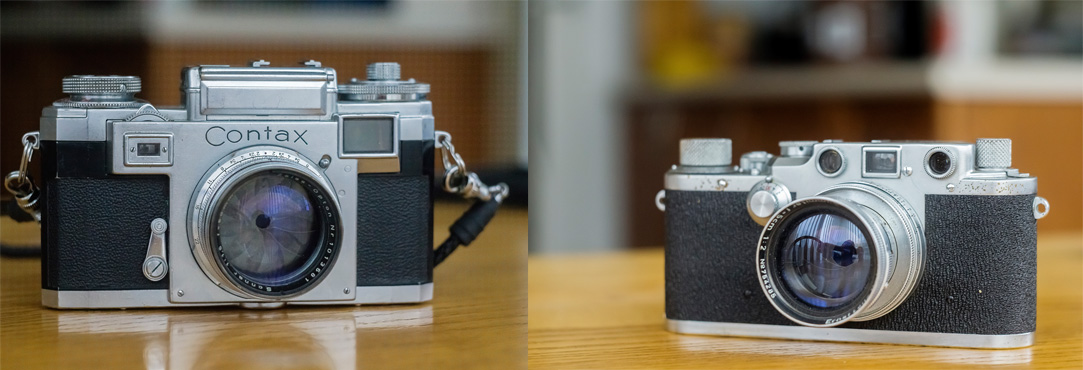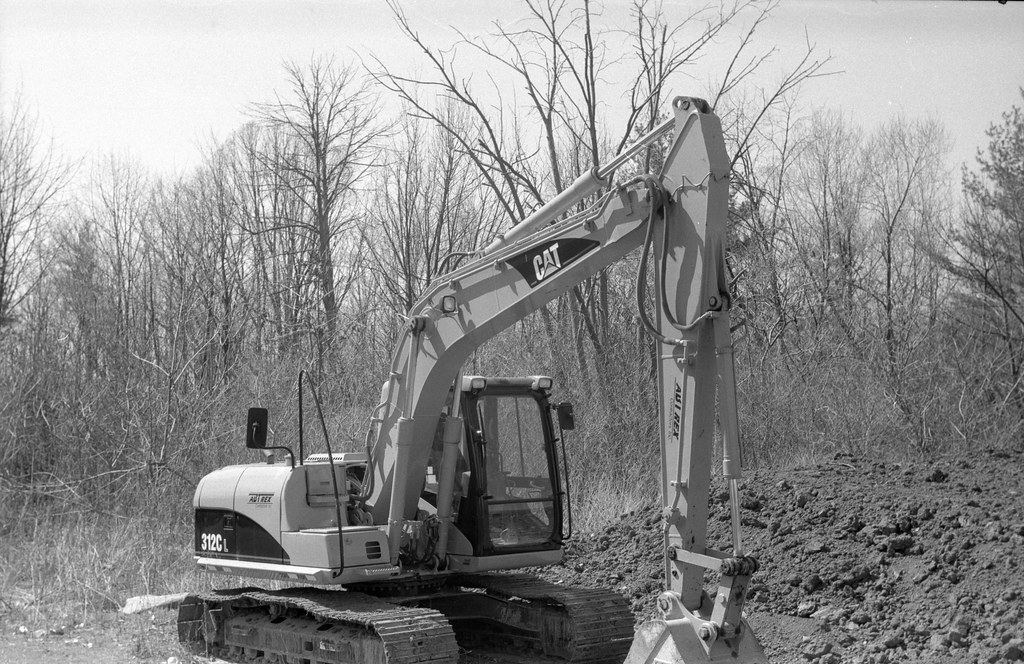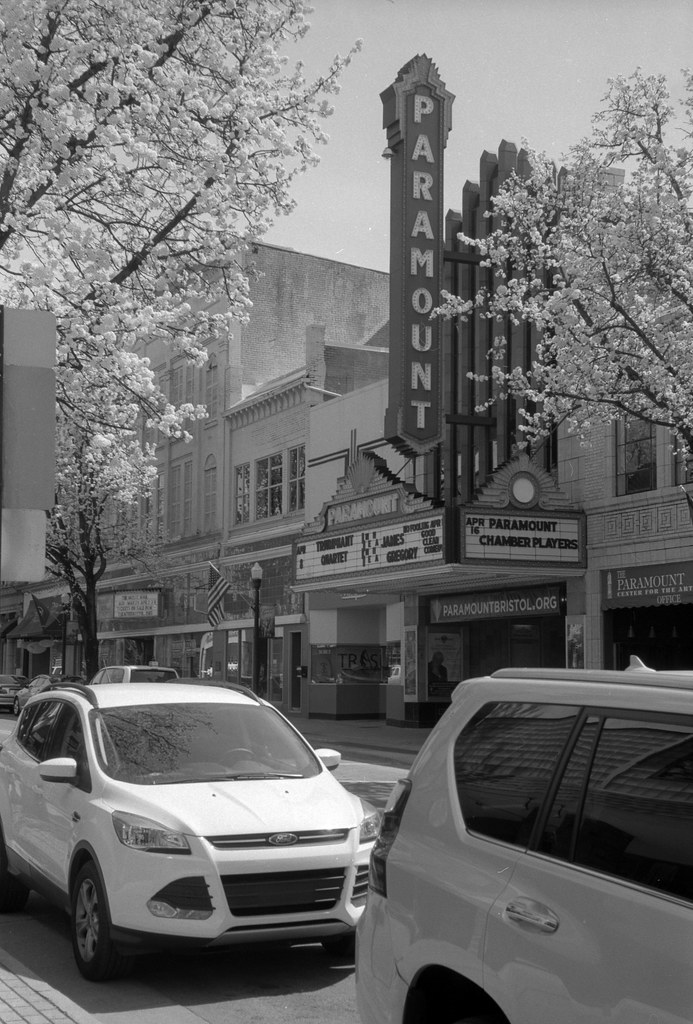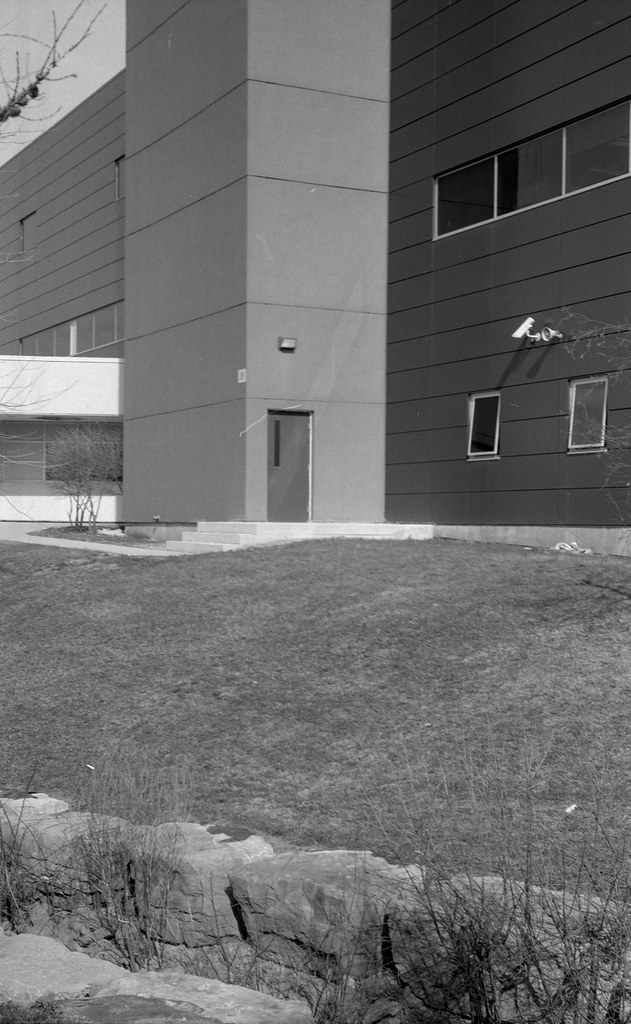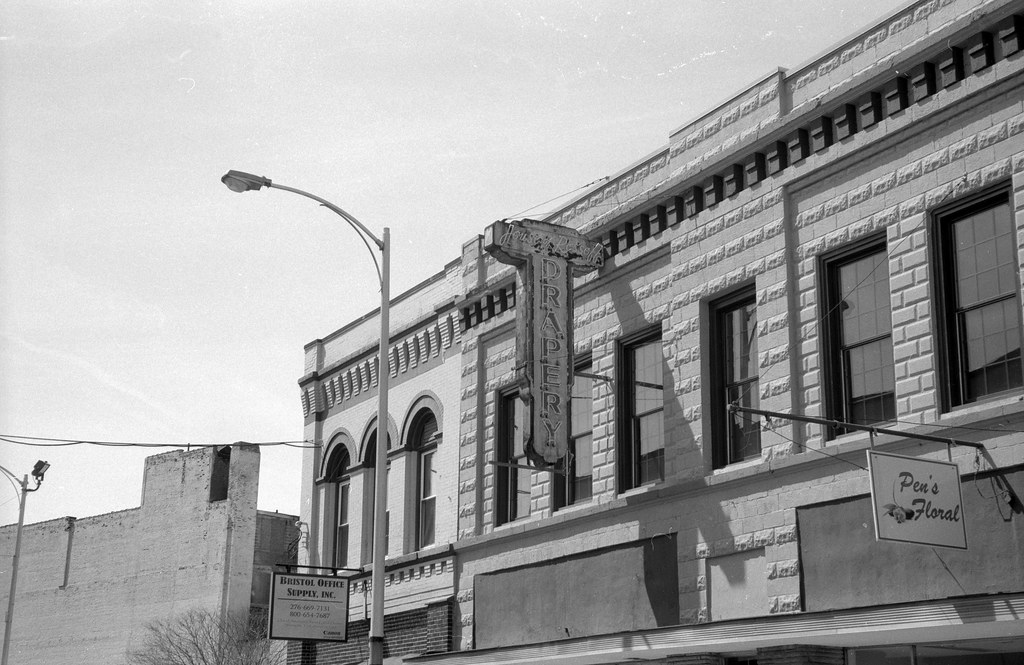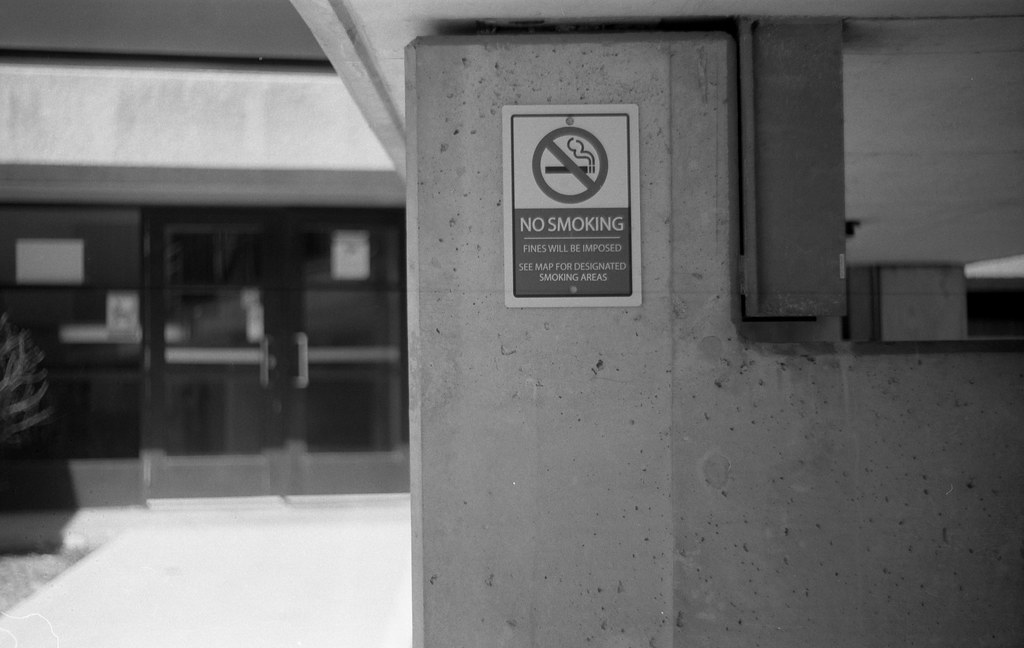These days the two big camera names that see fanboys (and girls) in both camps is Cannon vs. Nikon. But that wasn’t always the case. In the 1950s Nikon and Canon were still fairly unknown in the pro-market, both were producing rangefinder cameras stamped with “Made in occupied Japan” the real competitors of the 1950s was Contax and Leica. Since I have both a Leica IIIc and a Contax IIIa I figured I should do a side by side comparison and have these two heavy-weights of the mid-century fight it out. Before you continue, I suggest reading by reviews of each camera, first the Contax IIIa then the Leica IIIc. So let’s begin! In one corner we have the Zeiss Ikon Contax IIIa, a 35mm Rangefinder with a Contax RF lens mount, manufactured between 1940 and 1951 equipped with a selenium meter! In the other corner we have the Leica IIIa also a 35mm rangefinder with a M39 thread mount, manufactured between 1951 and 1962! For the purpose of this match we have both running a standard 50mm lens, the Contax has a Zeiss-Opton Sonnar 50mm f/1.5 while the Leica is running a Lietz Summitar 50mm f/2! Each has been loaded with Kodak Tmax 100 film, rated at ASA-32 developed in Xtol (1+1) for 8:45 at 20C. Both metered with a Gossen Lunasix F.
Film Loading
So I’m not going to lie, the method of loading the Leica IIIc is a pain in the butt, and usually takes me a couple tries before I get it right. I’ve actually seen a fellow photographer fail many times to load his M6, which has the handy back door to see if you got it, the IIIc doesn’t have that. I’m sure with practice and some pre-cut rolls of film you can easily load it on the fly, but honestly, it would still be one that you’d want two around your neck and your assistant nearby to load and unload as you shoot. The Contax IIIa is a little easier as you can remove the entire back, which also slows down reloading and you have to juggle a bit but you’d have an easier getting the film loaded right the first time. But I do see why Capa carried two into combat, you don’t want to be juggling three things with bullets flying.
Optics
This is where both cameras stand out is the optics. While some might hold Leica glass over Zeiss glass. I really cannot tell the difference between the two. The only real difference is the aperture on the Summitar and the Sonnar that gives different effects with the out of focus area, but both produce a pleasing Bokeh. But when it comes to the optics I’ll give the edge to Leica, not for the glass but for the mount. Going with the M39 (aka Leica Thread Mount) was probably the part that wins out because there is a lot more glass available for it and it remains adaptable easily for compact digital system cameras. The bayonet mount on the Contax IIIa is a bit finicky and with the lack of a focusing helical on many of the lenses makes it difficult to use this wonderful glass on my a6000 (which is a big selling point for me).
Usability
Both cameras are solid performers, easy to handle, not to heavy, not too light, great for carrying with you for a long time. The one draw back to the IIIc is the twin window rangefinder. And it’s really tiny so I’ve often found I’ve missed the focus mark. The Contax IIIa on the other hand has a single window view/rangefinder and it’s pretty bright so I’ve been able to focus with ease. Of course the Contax isn’t perfect, the way I hold the camera and use the focus dial (as opposed to the focus ring), I find that I block out the second rangefinder window at the front of the camera making it near impossible to nail the focus. This is where the Leica wins with the focusing handle on the bottom of the lens preventing this from happening. Similarly both cameras have an infinity lock, but the Leica’s is much easier to operate than the one on the Contax. When it comes to the shutter speed the Contax has a much nicer layout of the control dial with only a single dial to control all shutter speeds (and you can adjust without having the shutter cocked like the Leica), so if you are shooting at speeds under a 1/30″ you aren’t fiddling with a much smaller dial. The rest of the camera functions, shutter release, film advance are pretty similar is style and function and really aren’t worth mentioning overall. Both cameras are easily to use really with the functions easily accessed while holding and nothing really super out of place.
Final Words
Like Cannon and Nikon these days I really cannot find anything that makes one camera better than the other beyond my own personal preference. I’m sure Contax and Leica fanboys of the time would be able to point out things that I failed to or didn’t want to notice. Like anything in photography these were the top dogs of their day, both operated in a similar manner, produced similar quality images, and both were handled and used by the greats of their day. Is one better than the other, no. Do I like one better than the other, yes. But as I said, the only major points that make the Contax stand out to me more than the Leica is the rangefinder window and the film loading. But that’s just my personal taste, as both are amazing cameras and worth looking at if you want a mid-twentieth century rangefinder with some class and style. So in my view the results of the match, is a tie.
